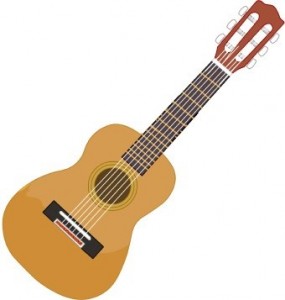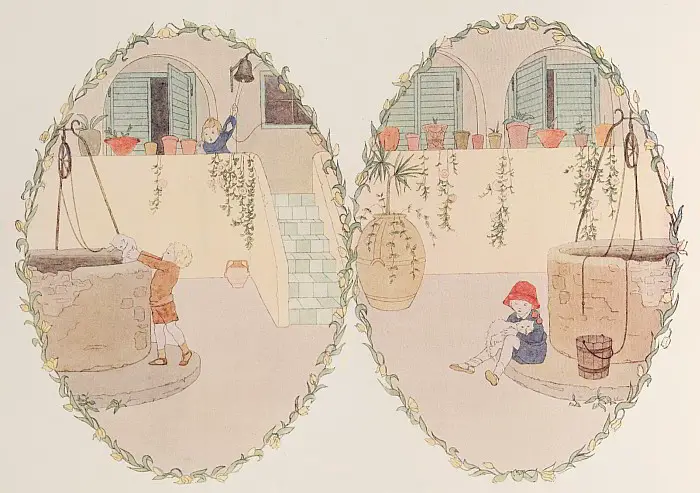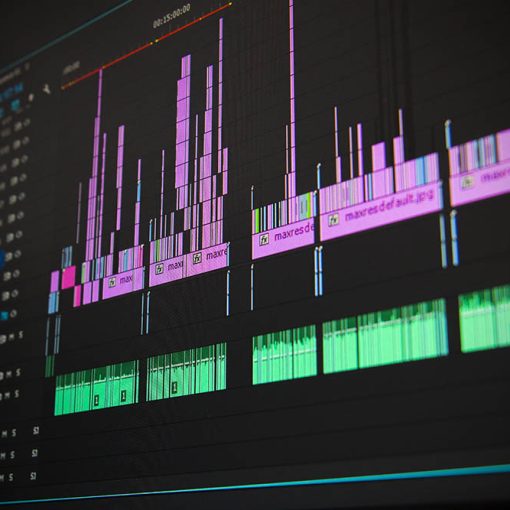 Most guitarists I’ve worked with now carry around their own tuner, so there’s less need to assist them in tuning their guitars.
Most guitarists I’ve worked with now carry around their own tuner, so there’s less need to assist them in tuning their guitars.
Occasionally, though, their battery dies, or they just want a quick aural indication of whether their instrument is in tune before playing.
Here’s how to assist a guitarist in tuning their guitar.
1. Make sure your instrument is in tune
This is less of an issue with digital pianos and keyboards, because (unless something goes very wrong) they’re always in tune.
Do make sure that there’s no unwanted fine tuning set on the keyboard. Most instruments tune with an A at 440Hz. Just make sure any fine tuning adjustments are turned off.
If you’re working on an out-of-tune acoustic piano, then I’m afraid your problems are only just beginning.
2. Play the required notes in turn
Assuming the guitarist wants to tune to standard tuning, these are the six ascending notes you’ll want to play.
- E
- A
- D
- G
- B
- E
Here’s what these notes sound like (this is a MIDI file. Your web browser should be able to play it directly):
Guitar tuning notes played on piano [MIDI]
The guitarist will likely tell you if you’re playing a note too often or not enough to be helpful.
Generally, it’s best to use a standard acoustic piano sound without much reverb or other effect.
Play the note clearly, either holding it or using the sustain pedal. As the note wanes, play it again. The idea is to maintain the pitch while the guitarist tunes each string to that note.
It may be sufficient to simply play the low E so the guitarist can tune that string. They can tune all the other strings relative to that one.
3. Play the notes through again
Once the guitarist has finished the initial tuning it can be helpful to play each note fairly quickly in succession, with the guitarist echoing.
It’s usually fairly obvious if any string isn’t tuned correctly.
Playing through some chords together will also likely throw up any issues, either with the whole guitar sounding ‘sharp’ or ‘flat’ in comparison to the piano, or just a few notes sounding dissonant.
4. Be ready for alternative tunings
This process is exactly the same for a guitarist who wants to tune the instrument to non-standard tuning. Just ask them to name the notes they want you to play and proceed as in step 2.
5. Other instruments
You can also use a similar process for other stringed instruments including bass guitar, cello and violin. The notes and positions will vary by instrument.





